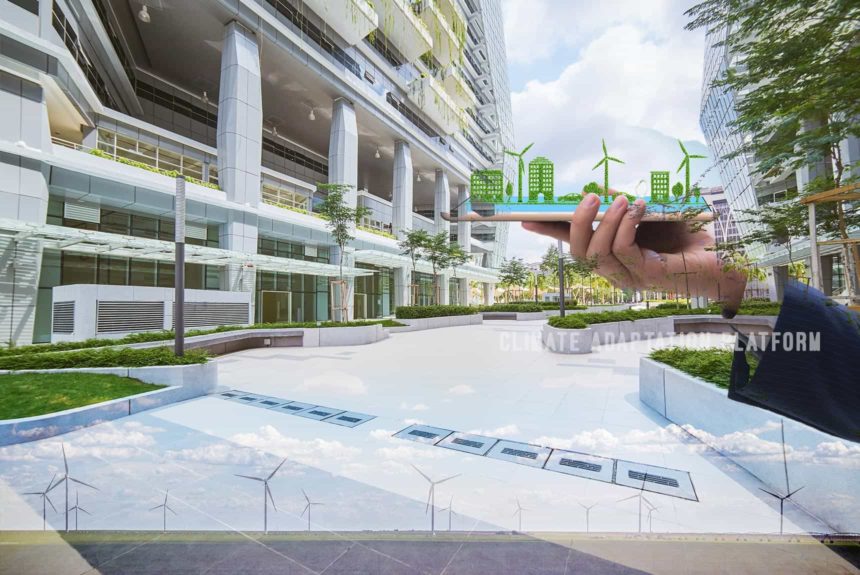Buildings contribute 40% of the world’s total GHG emissions. They generate emissions in two ways – operational emissions and embodied carbon emissions.
Operational emissions come from energy used by the building, either sourced from fossil fuel or natural gas.
Embodied carbon emissions come from the building’s construction or the extraction, fabrication and transportation of building materials, and the emissions generated by fossil-fuelled equipment and electricity consumption during the project.
Greenbiz’s article, “Combating climate change: A study of embodied carbon,” mentions that for more than two decades, the building design and construction industry has made significant improvements to reduce the building’s energy consumption through a combination of passive design strategies, improved engineering designs for water and electrical efficiency, as their contribution to stabilising the climate. Also, as energy sectors expand their renewable energy sources, the building’s operational emissions will further fall.
However, much work is still needed to reduce embodied carbon emissions that significantly spike when new buildings are constructed. The article notes that when embodied carbon emissions increase, they cannot be reduced by increasing energy efficiency in buildings or having net-zero operations. Also, increased embodied carbon emissions will negate efforts to reach the 2030 climate goals established in the Paris Agreement.
The article suggests reusing or repurposing existing buildings to reduce embodied carbon emissions in buildings instead of constructing new ones. Reusing a building can avoid 50 to 75% of the embodied carbon emissions that would otherwise be emitted by building a new one.
As an example of a reused or repurposed building, the article cites the modernisation of Portland, Oregon’s iconic Edith Green-Wendell Wyatt Federal Building (EGWW). The building was originally built in 1974 and has worn out and outdated mechanical, electrical, fire and life safety systems.
The article describes the reuse or repurposing process of the building:
“The LEED Platinum project preserved the existing structure and optimised the building’s sustainability with a variety of structures and features including a 25,000-square-foot canopy, 170,000-gallon rainwater collection tank, 13,000-square-feet of photovoltaics, a dedicated outside air system that provides 100 per cent fresh air and recovers exhaust air heat and façade shading devices to minimise heat gain during summer months. The design by SERA and Cutler Anderson Architects transformed the building into a modern office environment for federal agencies.”
The project is part of “the American Recovery and Reinvestment Act of 2009, which included a $5.5 billion commitment to building a more sustainable national infrastructure to reduce energy and water consumption and increase the federal government’s use of clean and renewable sources of energy”.
Rather than demolishing buildings to build new ones, repurposing or reusing old buildings can offer a vast opportunity to reduce embodied carbon emissions. When planning on a new project, engineers, builders, and city planners should consider reusing or repurposing a building first and other ways to reduce embodied carbon emissions and operational emissions and support stabilising the planet.
Click the link to read the entire article:
Source Citation:
Brockman, C. & Naganuma, L. (2021 November 8). Combating climate change: A study of embodied carbon. Greenbiz. Retrieved from https://www.greenbiz.com/article/combating-climate-change-study-embodied-carbon



Leave a Reply